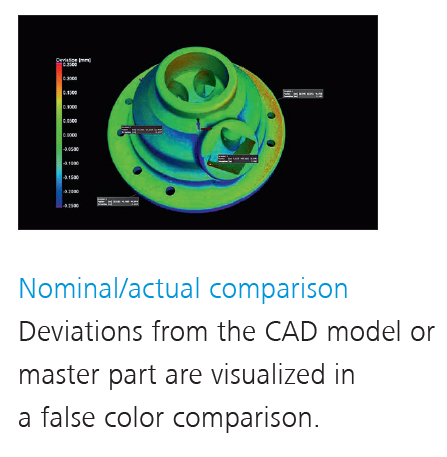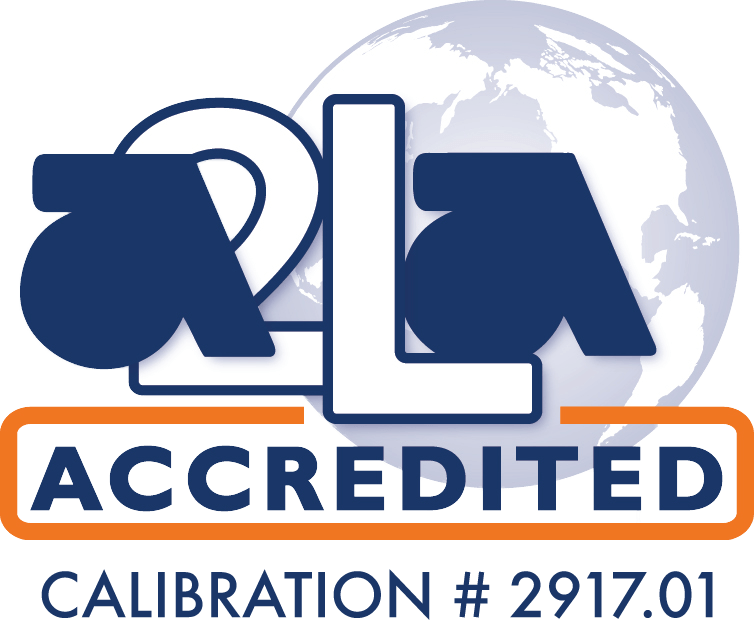Among our computed tomography (CT) capabilities, MicronPA offers part-to-part comparison. This type of inspection and validation can be valuable for tool wear tracking. Find out how it works and why it can be an excellent option for your operation.
What Is Part-to-Part Comparison?
Part-to-part comparison is another way to check your product’s accuracy and provide tool wear tracking. This process requires two parts. The first acts as the master product, or the part that performs well and meets project specifications, while the second is the product you’d like to analyze.
At MicronPA, our product comparison starts with a 3D scan of both parts. With a scan of each component, we can overlay the images and see how your unchecked part compares to the master. With the comparison data, you can make manufacturing changes as needed.
Part Comparison and Validation for Greater Precision
Part-to-part inspection services offer the benefit of catching problems in your manufacturing process. Without a CAD model or blueprint detailing precise dimensions and tolerances, you may feel uncertain about your production process, but part-to-part comparisons give you the information you need to move forward. If you find a faulty part, product comparison will provide insight into how you can improve your processes and their output.
Our advanced computed tomography equipment creates a comprehensive scan of your parts for precise reporting. A CT scan for component compatibility can help you identify any potential issues that may arise with regard to its performance.
Part-to-part comparison is instrumental in manufacturing because it relies on you already producing a functioning part. While part-to-CAD inspection can help you catch problems before you mass produce, part comparison allows you to identify issues during production and evaluate the success of any changes you make.
As you continually update your processes, you can feel confident that your parts will stay accurate and your customers will be satisfied. With satisfied customers, you gain a good reputation, which translates to positive working relationships, continued orders and growth opportunities for your company.
The Role of Mesh Files in Part-to-Part Comparison
A mesh file is a digital representation created by dividing a physical object into many small, interconnected polygons. Building a mesh translates the volumetric pixel data collected by a CT scan into a geometric format that software can manipulate and analyze. During parts comparison, these meshes create a virtual model of each part, allowing for a clear visual inspection of the part’s structure.
By comparing the meshes of different parts, manufacturers can identify any variations or deviations in their shape or size. This capability helps detect manufacturing defects such as incorrect dimensions or surface imperfections. It also helps ensure that the parts will fit together correctly when assembled.
Building meshes for part-to-part comparisons allows manufacturers to conduct accurate and detailed evaluations of their products. It helps them maintain consistent quality standards and make necessary adjustments to improve the manufacturing process. Building and comparing meshes ensures the final products conform to the required design specifications and quality standards.
Applications That Benefit From Building and Comparing Meshes
Ensuring parts meet specifications and are within tolerance is vital for safety and functionality for many applications and industries. Comparing different meshes identifies discrepancies, defects or variations that could potentially lead to failure, allowing manufacturers to recognize these issues before the product reaches the end user.
Part-to-part comparison can apply to any industry with complex part designs or where production consistency is vital. Several examples include:
- Aerospace components: Every part used in aerospace applications must meet precise specifications for optimal safety and functionality. Regular parts comparisons verify accuracy and maintain consistency across various manufacturing processes.
- Automotive parts: Engine parts, sensors, body panels and other components must be manufactured precisely to meet safety and performance standards. Part-to-part comparison ensures each part has consistent dimensions, shape and surface quality.
- Medical devices: Reliability and precision are critical in medical manufacturing because of the potential impact on public health and safety. Comparing meshes helps ensure these products meet stringent medical standards.
- Defense equipment: Military vehicles, weapons systems, communication devices and other equipment must perform flawlessly in critical situations. Part-to-part comparison ensures that each component meets the strict specifications and tolerances required for military standards.
- Electronics: Part-to-part comparison helps ensure that all electronic components meet the required specifications and function correctly when integrated into electronic devices. It helps detect issues like incorrect assembly, faulty connections or electrical property variations.
- Tooling: Part-to-part comparison helps ensure that dies and tooling meet the required specifications, resulting in accurate, high-quality workpieces. It ensures that the tools will perform reliably and produce consistent results over time while minimizing errors or defects in manufacturing.
How Part-to-Part Comparison Helps Enhance Product Development Processes
Frequent part-to-part comparisons during product development allow engineers and designers to proactively identify any variations or defects. The detection helps address issues promptly, preventing them from appearing throughout the development process and causing delays.
By comparing parts, manufacturers can ensure that the dimensions, shapes and surface finishes meet the required specifications. The process reduces the likelihood of errors and minimizes the need for rework and redesigns, increasing efficiency by saving time and resources. Comparisons also help identify compatibility and fitment issues between different parts or subsystems.
Why Work With MicronPA?
MicronPA takes a personalized approach to your inspection needs. In addition to part-to-part comparison and validation, we can offer a range of inspection services to confirm product accuracy, process capability and more. We strive to understand your unique needs and provide services that meet them.
We understand how essential time is to your operation, and we take your schedule requirements seriously. With our fast turnaround times and experienced technicians, we can perform your product comparison quickly and accurately. You’ll receive rapid results and be able to make changes to your processes right away.
Get a Quote for Part-to-Part Inspection Services
With over three decades of inspection experience, MicronPA understands your industry and its requirements. With our services, your operation can maintain precision and satisfy your customers.
From our laboratory in York, we serve companies throughout Pennsylvania and beyond. Get a free quote for our part-to-part inspection services today. You can also contact our team to learn more about our capabilities.

